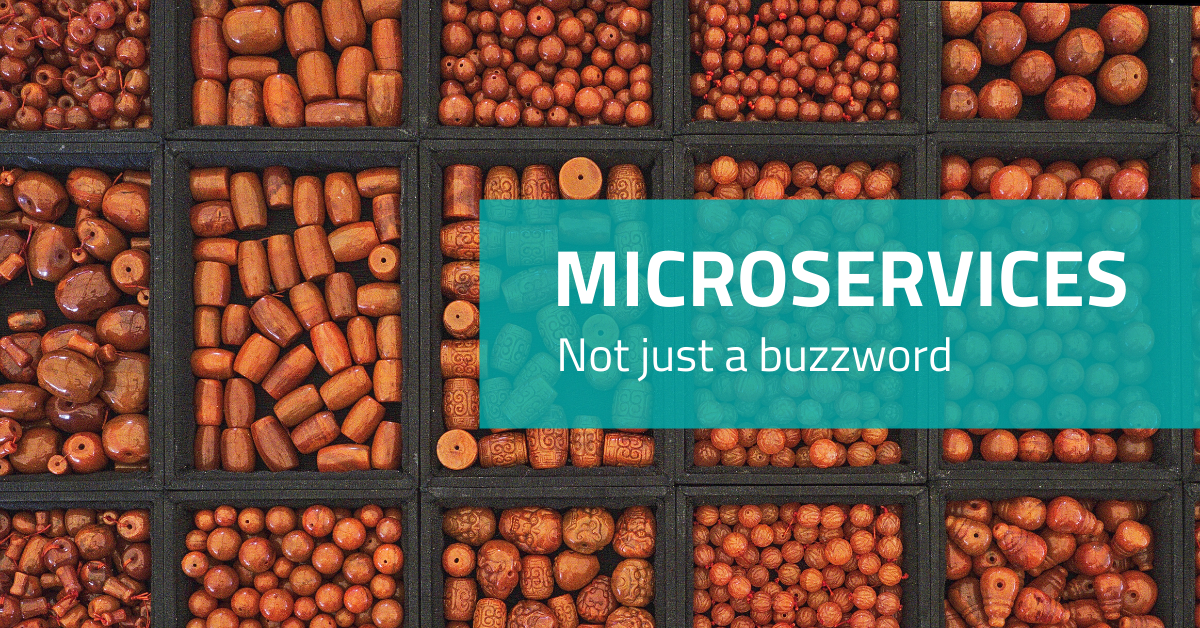Let me start by explaining what Application Modernization actually is. If you’re already familiar with the term, feel free to move forward. 😉
What is Application Modernization?
App modernization is a concept designed to create new business value by updating your legacy applications (or systems) with more modern features and capabilities. It combines the strength of old business applications with modern-day technologies and software architectures to build a robust platform.
But what is a legacy application or system? Gartner defines it as "An information system that may be based on outdated technologies, but is critical to day-to-day operations” and further states that “As enterprises upgrade or change their technologies, they must ensure compatibility with old systems and data formats that are still in use.” – Gartner Glossary
Application modernization can be as simple as migrating your application, as is, to the cloud or it can be complex and involve heavy re-coding.
There are many modernization strategies, but to simplify I’ll stick with Microsoft Azure’s approach, one of my favorites.
This approach includes 4 types of modernization strategies: Rehost, Refactor, Rearchitect and Rebuild, but we’ll get to them in a minute.
Why you should modernize your applications:
With the technology landscape under constant change, keeping your applications running smoothly and keeping up with modern technologies can be a challenge.
The thing with technology is that it becomes outdated with time, so when you first set up your systems and created applications, they were using modern technologies, but now, these systems are probably starting to throw errors, bugs, and critical issues that can impact your revenue. And even more so when the software becomes so outdated that it turns incompatible with newer versions of the operating system.
So, the main pain points that should immediately push you over the edge are:
- Integration: Inability to integrate your software with new processes or systems;
- Support: Lack of IT support for your systems;
- Management: Time-consuming and resource-intensive application management.
But besides looking at app modernization as a way to get by, you should be looking at the advantages it can bring to drive a competitive edge and improve your business.
So, what exactly do you have to gain with modernizing your applications? Here are some very exciting benefits:
- Cost Reduction: Lower your costs by eliminating a costly capital expense in favor of a manageable and scalable operating expense;
- Increased Productivity: Increase your employees’ productivity by choosing a solution that provides fewer application incidents, improved team utilisation, and new features and functionalities;
- Increased Customer Experience: Provide better customer experience by enabling new services and processes with a more user-friendly interface, adaptable in a multichannel and multidevice environment;
- Faster innovation: Innovate faster with a solution that allows you to be more efficient and ready for upcoming technologies, accelerating your time to market.
- Increased Adaptability: Use agile solutions to be more adaptable to future market and technology disruptions and staying ahead of the enterprise software curve.
So the question is not whether to modernize, but what and how to modernize. Now, some questions immediately come to mind:
- Should I move all my applications to the cloud?
- Where should I start?
- Which business areas or applications will deliver the largest impact or highest value for my business when modernised?
- Are there applications that should not be modernised?
- What are the best practices for doing this?
So how should you begin to modernize your applications?
Firstly, you need to define your goals and assess your current applications. Here are some pointers:
-
- Application resource usage
- Application error rates and average error resolution time
- Service Costs
- Infrastructure Costs
- Imminent need of software updates
-
- Average time your team is spending on each application
- Number of sprints per development
- Application error rates and average error resolution time
-
- Application uptime
- Application response time
- Application error rates and average error resolution time
- Total users
- Average time your users are spending on your application
-
- Application time to market
- Frequency of code releases
- Application error rates and average error resolution time
- Application adaptability
After gathering all the information you can, it’s time to choose your modernization approach! Excited? 😁
Depending on your infrastructure and application status, you can modernize in several different ways. Remember Microsoft Azure’s Modernization Strategies? Here they go:
- Rehost – redeploying an application as-is to the cloud without altering its code or modifying its features and functions. Also known as a lift and shift to the cloud. It allows to reduce Capex, free datacenter space and have a quick cloud ROI;
- Refactor – restructuring and optimising the existing code without changing its features and functions to take better advantage of the cloud. It allows faster and smaller updates, code portability and greater cloud efficiency (resources, speed, cost);
- Rearchitect – dividing an application into a collection of services that can be built, deployed and managed independently of one other. Also known as a Microservices Architecture (read more). It allows for application scale and agility, easy adoption of new cloud capabilities and a mix of technology stacks;
- Rebuild – rewrite the application with a cloud-native approach (PaaS). It allows to accelerate innovation, build apps faster and reduce operational cost.
Even though these 4 strategies represent an app modernization process, if you want to benefit from the full potential of modern technologies and cloud solutions, you should choose one of the latest 3.
According to the consulting firm McKinsey & Company, many companies “fall into the trap of confusing simply moving IT systems to the cloud with the transformational strategy needed to get the full value of the cloud.”- McKinsey & Company.
Although Rehosting your applications may be a good quick fix, this approach may not allow you to benefit from all the dynamic features of the cloud such as pay-per-use, ability to scale up or down based on usage, high resiliency, self-service, and so on.
If you need help assessing your infrastructure and applications, get in touch!
Now that you know how you can modernize your applications, it’s important to know how you can measure its success once you’ve actually done it. Here are some KPIs to track how your modernisation approach is doing.
KPIs to track before, during and after your modernization process:
Application Infrastructure
- CPU percentage
- Memory used percentage
- Average load
Application Quality and Performance
- Availability percentage
- Page load time
- Throughout
- Perceived response times of key transactions
- Application response time
- Database response time
- Apdex
- Application error rates
Business and IT Impact
- Cost to operate
- Lead time for changes
- Mean time to resolution
- Conversion rates
- ARPU/Revenue
- Churn
App Modernization: to conclude...
App Modernization is not a process set in stone. Depending on your infrastructure, systems, applications, the software you’re using and the market changes, the process of modernising applications may vary and is in constant change.
Besides modernising your application, you should also consider updating your culture and processes to enable high-performing software development. In doing so, you can transform your business into a fully modern enterprise. But remember, modernisation is not easy nor trivial, and doesn’t certainly happen overnight.
Hope you enjoyed the reading, and if you need any help in modernizing your applications, feel free to reach out! Cheers!










